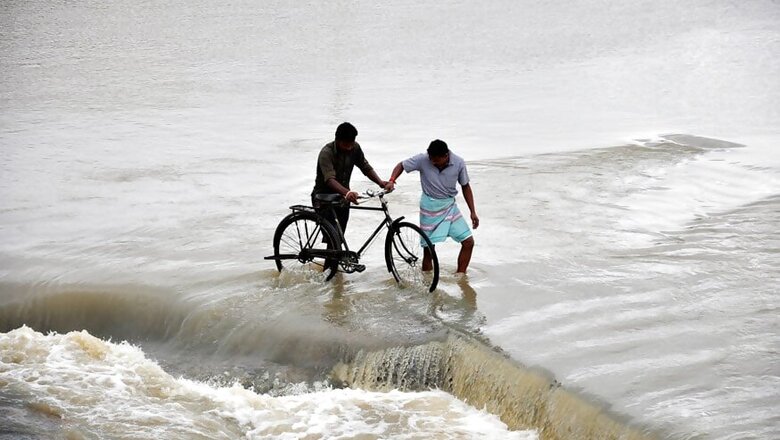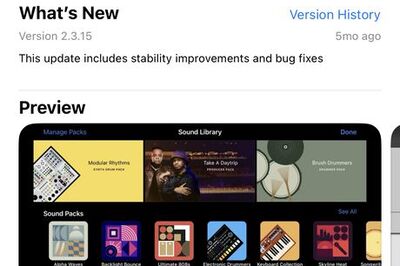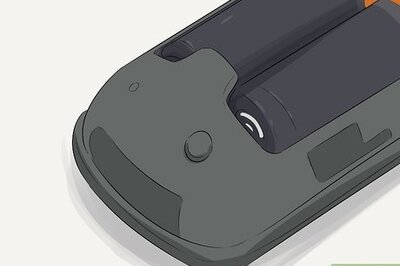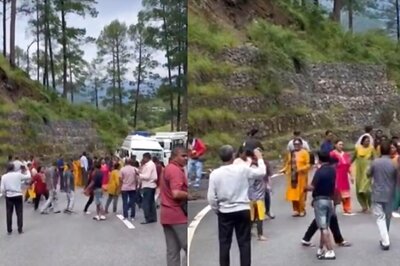
views
New Delhi: Scientists from India and the UK will release underwater robots in Bay of Bengal to monitor how ocean conditions influence monsoon, which can help in better predictions of the rainfall.
The Bay of Bengal Boundary Layer Experiment (BoBBLE) is led by two UK varsities, University of East Anglia (UEA) and University of Reading in collaboration with the National Oceanography Centre (NOC) in Southampton.
Ministry of Earth Sciences Secretary M Rajeevan said the Indian Research Vessel Sindhu Sadhana carrying scientists will sail from Chennai on June 24.
"Once out in the ocean, they will release seven underwater gliders to measure ocean properties such as temperature, salinity and current," he said.
Meanwhile, collaborators from a partner project led by the University of Reading with collaborators across the UK and India will use a state-of-the-art aircraft to take atmospheric measurements at the same time.
It is hoped that the combined results of this large-scale scientific campaign will help forecast the arrival of the Indian monsoon more accurately than ever before. Forecasting the precise timing and location of the rains is vital to the region's economy, which is dominated by farming, and for managing its increasingly pressured water resources.
Lead researcher Prof Adrian Matthews, from UEA's School of Environmental Sciences, said "The Indian monsoon is notoriously hard to predict. It is a very complicated weather system and the processes are not understood or recorded in science.
"We will be combining oceanic and atmospheric measurements to monitor weather systems as they are generated. Nobody has ever made observations on this scale during the monsoon season itself so this is a truly ground-breaking project".
Matthews said, they are aiming for a better understanding of the actual physical processes. "What we have now are imperfect models for predicting monsoon rainfall when it hits land, so this will create better forecasts."



















Comments
0 comment